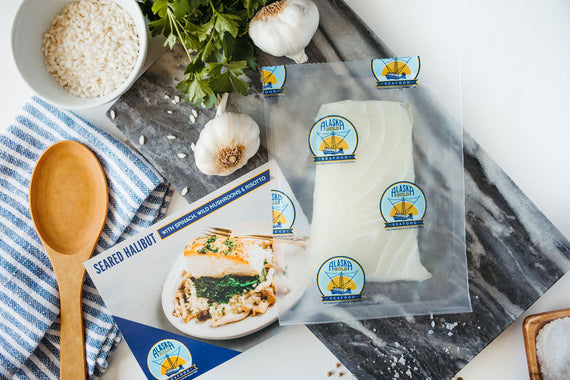
If you’re not the most adventurous eater, you may not know just how many types of fish can be cooked to perfection. There are many varieties of fish regularly used in cooking, some more common than others. Let’s look at a few popular categories of fish adored by chefs and diners alike.
Lean vs. Fatty
Folks in the food industry categorize fish differently than scientists do; they tend to split them into groups based on the flavor and texture of the meat, rather than use a strict taxonomic system. The fat content of the fish is useful for a chef to know so they can use proper cooking techniques.
Lean
Some fish have as little as 0.5 percent body fat! That’s great news for the diet-conscious among us, but it also means that the meat dries out quickly. Lean fish like red snapper, cod, and halibut are best when sauteed, poached, or fried; baking can cause them to lose too much moisture.
Fatty
“Fat” isn’t a bad word, and when you’re talking about seafood, it’s actually a very good thing. Oil-rich fish like salmon, sturgeon, and sablefish are packed with omega-3 fatty acids, which boost brain function and child development. Fatty fish take well to broiling and baking, but can have a greasy taste if you fry them.
Round vs. Flat
This classification affects how your fish will be cut into fillets. Round fish make two, while flatfish can make either two or four smaller, thinner pieces.
Round
Think of the classic fish shape that most children draw in pictures—cod, mackerel, trout, and salmon are all round fish.
Flat
Flatfish, like flounder and halibut, often have both eyes on the same side of their head. They also feature leather-like skin that many people remove before cooking.
Red vs. White
What color meat does your Alaskan seafood have? It will affect both the taste and texture when cooked.
Red
Fish like tuna, sardines, and mackerel have a red tint to their flesh due to the presence of myoglobin, a chemical that carries oxygen to the fish’s muscles. Red fish are migratory and need as much help as possible to keep on swimming.
White
These fish stay still a lot more often and don’t need the extra help getting oxygen to their muscles. All varieties of flatfish (see above) are white; they only move to eat and escape predators.
Salmon, while it looks red, is actually a subset of white fish because it’s not in constant motion all year long. Its flesh has a red tint due to carotenoids from its diet.
When selecting the perfect fish for your next big dinner, think about the qualities you want the meat to have. There are many different categories of fish used in cooking, each with its own unique benefits.



